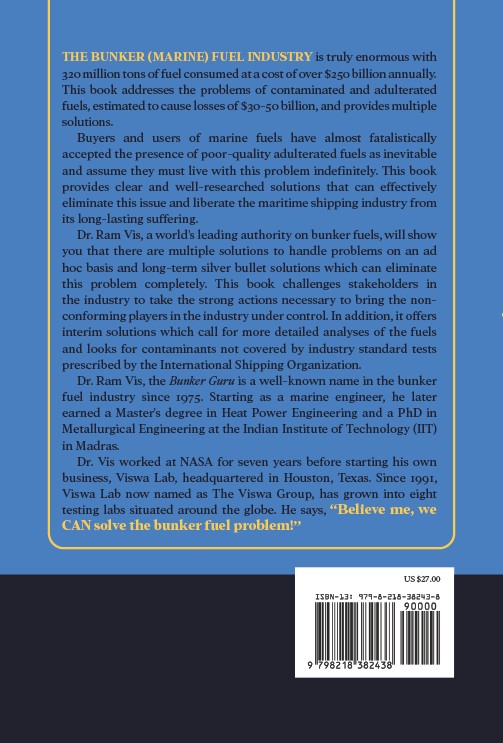Samsung Heavy Industries has achieved a significant advancement in liquefaction technology for Floating Liquefied Natural Gas (FLNG) facilities. This development is notable because it challenges the previous dominance of U.S. competitors in this specialized area, reports the Korean Economic Daily.
Key Component
The SENSE IV technology is a crucial component of Floating Liquefied Natural Gas (FLNG) units, which are large offshore facilities that extract, liquefy, and transfer natural gas from underwater reservoirs.
The construction of an FLNG unit typically ranges from 2 trillion to 4 trillion won ($1.5 billion to $3 billion), with the liquefaction equipment making up as much as 35% of the total cost.
Although South Korea is a leader in shipbuilding, it has historically relied on U.S. and European companies, such as Honeywell International Inc., for essential LNG liquefaction systems.
By developing SENSE IV, Samsung Heavy Industries intends to reduce this dependence and stimulate growth within the Korean shipbuilding sector.
Domestically Produced
Industry sources indicate that Samsung Heavy Industries is currently in negotiations to provide an Italian energy company with a Floating Liquefied Natural Gas (FLNG) unit that utilizes Samsung’s proprietary SENSE IV technology.
Previously, FLNG units constructed by Samsung incorporated imported liquefaction systems licensed from the U.S.-based engineering firm Honeywell International Inc.
However, with the development and implementation of its own SENSE IV technology, Samsung anticipates that future orders from the Italian energy major will feature its domestically produced equipment.
While South Korea has achieved a localization rate of up to 70% for the lower hull structures of FLNG units, the topside, which includes the high-value liquefaction equipment, has only reached a localization rate of 30 to 40%.
Reducing Dependence
Samsung Heavy Industries’ development of the SENSE IV technology is taking place against the backdrop of Korean shipbuilders’ significant dependence on GTT Group, a French engineering company that holds a monopoly on LNG cargo containment systems.
LNG carriers are a critical component of the Korean shipbuilding sector, with construction costs averaging $256 million per vessel.
However, Korean shipbuilders are required to pay approximately 5% of the construction cost in royalties to GTT for each LNG carrier they build. These contracts often include mandatory after-sales service agreements.
Did you subscribe to our daily Newsletter?
It’s Free Click here to Subscribe!
Source: Korean Economic Daily
















